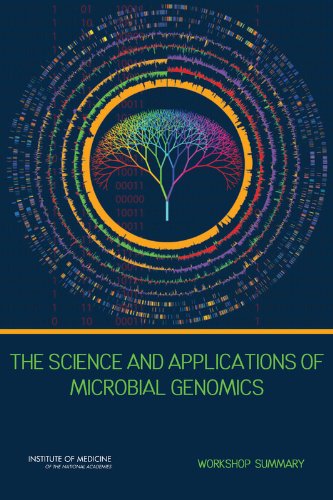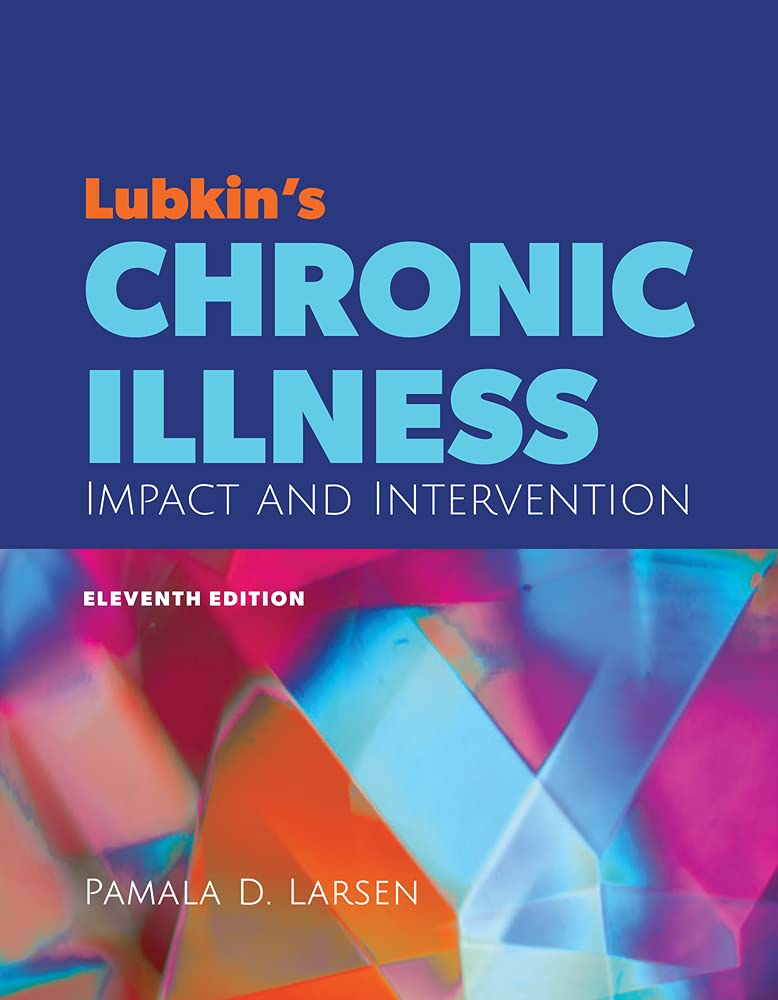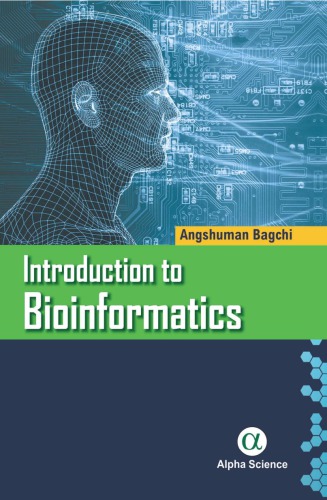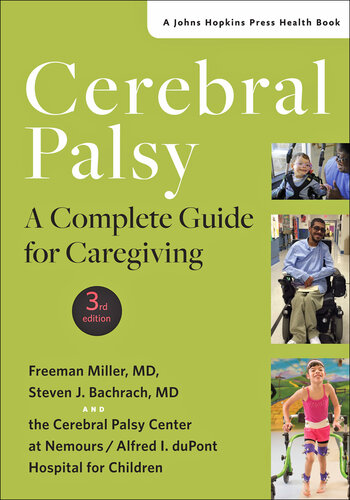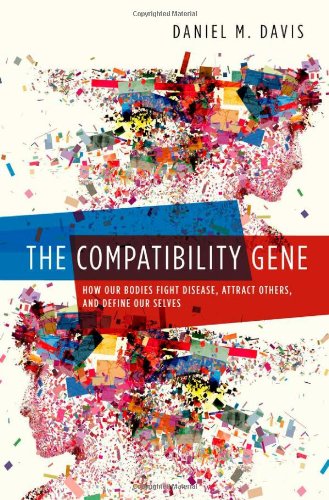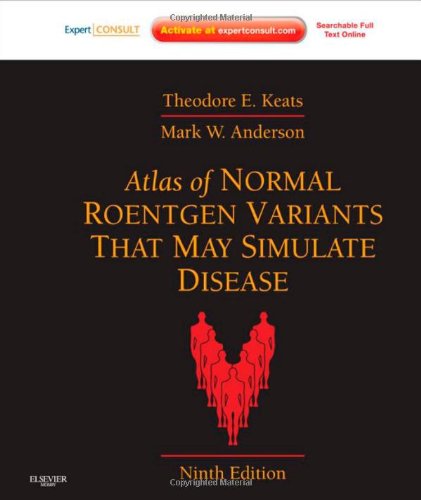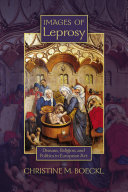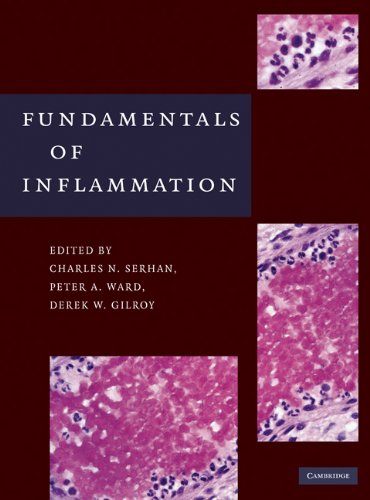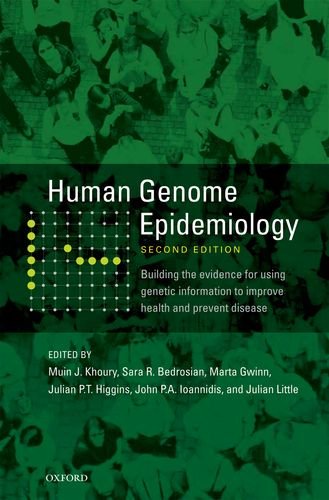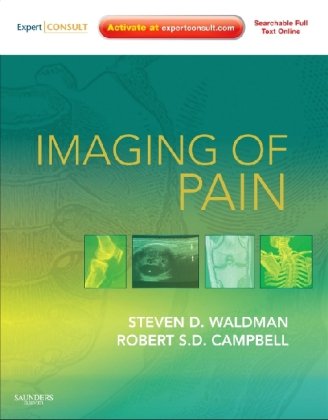علم و کاربردهای ژنومیک میکروبی: چکیده کارگاه ۲۰۱۳
The Science and Applications of Microbial Genomics: Workshop Summary 2013
دانلود کتاب علم و کاربردهای ژنومیک میکروبی: چکیده کارگاه ۲۰۱۳ (The Science and Applications of Microbial Genomics: Workshop Summary 2013) با لینک مستقیم و فرمت pdf (پی دی اف)
| نویسنده |
Board on Global Health, Forum on Microbial Threats, Institute of Medicine |
|---|
| تعداد صفحهها |
428 |
|---|---|
| نوع فایل |
|
| حجم |
24 Mb |
| سال انتشار |
2013 |
89,000 تومان
معرفی کتاب علم و کاربردهای ژنومیک میکروبی: چکیده کارگاه ۲۰۱۳
طی چند دهه گذشته، ابزارها و روش های علمی جدید برای تشخیص گونه های میکروبی، درک ما را از تنوع و فراوانی میکروارگانیسم ها و تعاملات دینامیکی آن ها با محیطی که این میکروارگانیسم ها در آن زندگی می کنند، بسیار افزایش داده اند. اولین ژنوم باکتری در سال 1995 توالی یابی شد و تکمیل کار بیش از 13 ماه طول کشید. امروزه کل ژنوم یک میکروارگانیسم را می توان تنها در چند روز توالی یابی کرد. از آنجایی که در قرن هفدهم با اختراع تلسکوپ، دیدگاه ما نسبت به جهان برای همیشه تغییر کرد، این فناوری های ژنتیکی و مشاهدات حاصل از آن ها، درک ما از دنیای میکروبی اطراف ما را به طور اساسی تغییر داده است.
در 12 و 13 ژوئن 2012، انجمن انستیتوی پزشکی (IOM) در مورد تهدیدات میکروبی یک کارگاه عمومی در واشنگتن دی سی برگزار کرد تا درباره ابزارها و روش های علمی مورد استفاده در کشف و شناسایی گونه های میکروبی بحث کند. و نقش ژنومیک میکروبی و ژنومیک برای درک بهتر دنیای میکروبی غیرفرهنگ اطراف ما. از طریق ارائه ها و بحث های دعوت شده، شرکت کنندگان استفاده از ژنومیک میکروبی را برای کشف تنوع، تکامل، و سازگاری میکروارگانیسم ها در محیط های مختلف بررسی کردند. مکانیسم های مولکولی شروع بیماری و اپیدمیولوژی؛ و روش هایی که در آن تکنیک های ژنومی در ردیابی شیوع بیماری و نظارت میکروبی به کار می روند. نکاتی که توسط بسیاری از شرکت کنندگان تاکید شد شامل نیاز به توسعه پروتکل های نمونه گیری استاندارد شده قوی، اهمیت داشتن ابرداده مناسب، چالش های مدیریت داده ها و تجزیه و تحلیل داده ها، و به اشتراک گذاری اطلاعات در زمان واقعی بود. ژنومیکس میکروبی و کاربردهای آن خلاصه ای از این کارگاه است.
Over the past several decades, new scientific tools and approaches for detecting microbial species have dramatically enhanced our appreciation of the diversity and abundance of the microbiota and its dynamic interactions with the environments within which these microorganisms reside. The first bacterial genome was sequenced in 1995 and took more than 13 months of work to complete. Today, a microorganism's entire genome can be sequenced in a few days. Much as our view of the cosmos was forever altered in the 17th century with the invention of the telescope, these genomic technologies, and the observations derived from them, have fundamentally transformed our appreciation of the microbial world around us.
On June 12 and 13, 2012, the Institute of Medicine's (IOM's) Forum on Microbial Threats convened a public workshop in Washington, DC, to discuss the scientific tools and approaches being used for detecting and characterizing microbial species, and the roles of microbial genomics and metagenomics to better understand the culturable and unculturable microbial world around us. Through invited presentations and discussions, participants examined the use of microbial genomics to explore the diversity, evolution, and adaptation of microorganisms in a wide variety of environments; the molecular mechanisms of disease emergence and epidemiology; and the ways that genomic technologies are being applied to disease outbreak trace back and microbial surveillance. Points that were emphasized by many participants included the need to develop robust standardized sampling protocols, the importance of having the appropriate metadata, data analysis and data management challenges, and information sharing in real time. The Science and Applications of Microbial Genomics summarizes this workshop.

